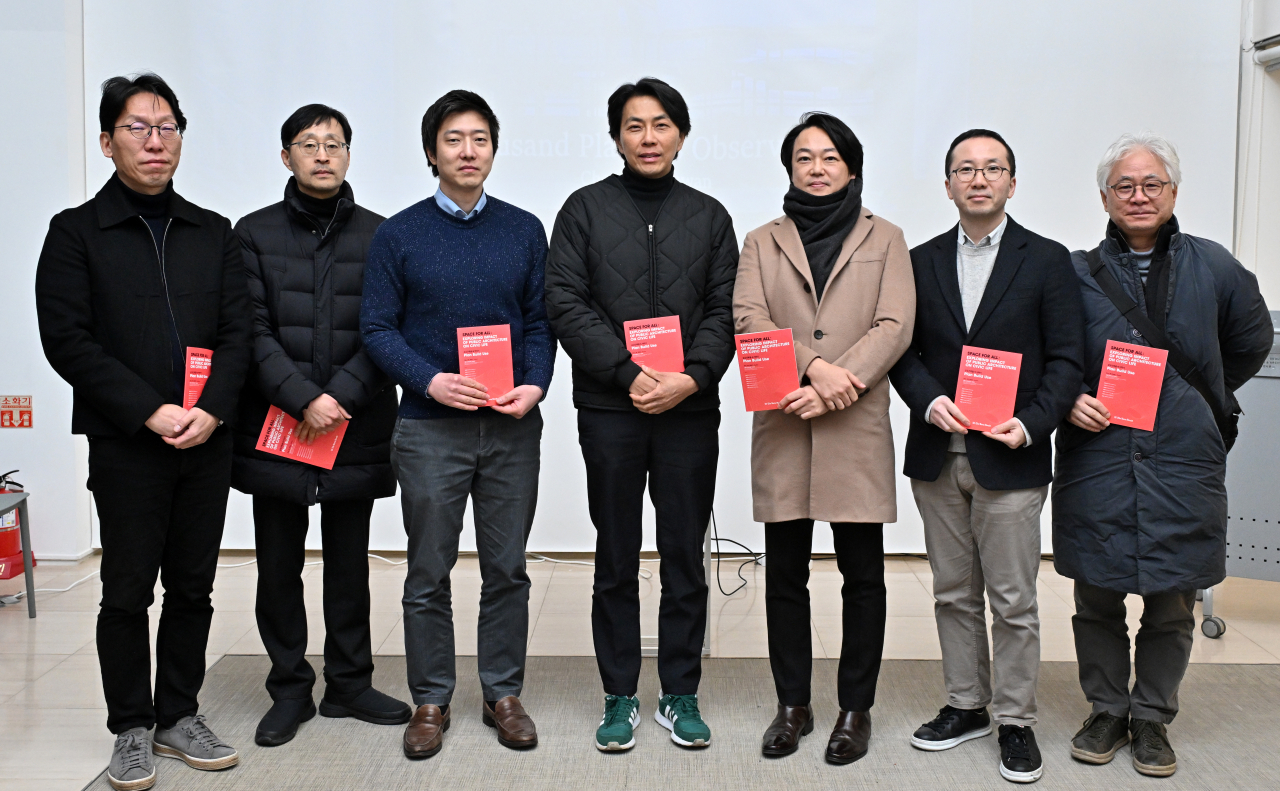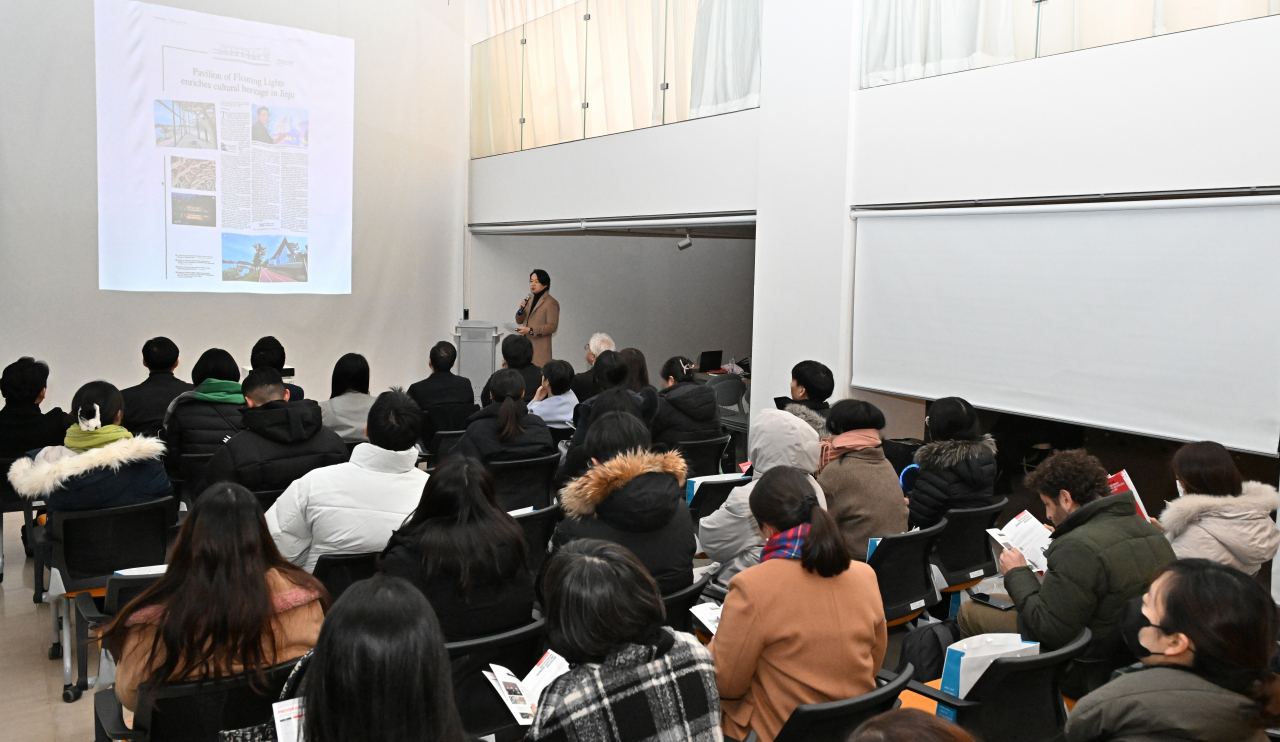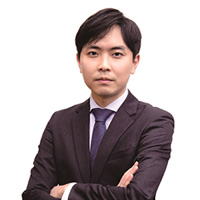Architects discuss how to make public spaces more inclusive
By Choi Si-youngPublished : Dec. 21, 2023 - 18:05

A number of renowned architects in South Korea gathered Wednesday to discuss ways to make public spaces more inclusive amid a wider push within the country as well as around the world to raise the quality of public architecture for communities.
“Space for All: Exploring Impact of Public Architecture on Civic Life,” a forum organized by The Korea Herald to recap its seven-part series published in August, weighed in on insights and behind-the-scenes stories of public projects led by seven architects.
The forum took place at the Seoul Hall of Urbanism and Architecture -- an old tax office annex that the city relaunched in March 2019 as an open space to involve citizens in public discourse on architecture and city landscape.
“This fancy building is a piece of public architecture, and no other venue could be better suited for this forum,” said Kang Bum-joon, a Seoul National University professor of urban design, who moderated the forum.
Kang underscored not overly commercializing or using the private sector to leverage setting up public spaces, saying what developers have in mind does not always translate to what the public needs the most.
“Public spaces should be as public as they can be,” Kang said.
Kim Soo-young, director at Seoul-based architecture firm su:mvie, said the “right kind” of public spaces empowers communities, citing his project Yeongju Swimming Pool in North Gyeongsang Province.
The pool was praised by the community soon after its opening in 2018. It was one of its kind in the rapidly aging city with a population of a little over 110,000.

“The power of public goods lies in a pool of diversity -- be it experiences or something else people feel or think upon using public services,” Kim said during the forum. He also suggested that the public’s perception of common facilities for elders such as nursing homes should be changed, adding public sector-led efforts to do so are underway.
According to Kim Jae-kyung, a professor at Hanyang University’s School of Architecture, the public sector has an upper hand in promoting public architecture.
“Municipalities have a clearer timeframe and fewer irregularities throughout the entire (construction) process, like following through on contracts, at least from what I’ve seen,” Kim said. “The public sector is more systemized than the private sector when it comes to building public spaces.”
Kim, however, expressed concerns that the “overly systemized” process could at times hinder architects’ broader participation in public projects -- especially those looking for wider autonomy. He added the willingness of public officers to take part in such projects was another concern.
Yoon Seung-hyun, a professor at the School of Architecture and Building Science at Chung-Ang University, said “rewarding experiences” could incentivize architects to seek ways for people to enjoy the benefits of public architecture.
“Establishing public spaces makes users happy and architects feel rewarded,” Yoon said.
Touching on the topic of sustainability of public architecture, Park Chung-whan, a professor at Hongik University College of Architecture and Urban Planning, discussed the global trend of public architecture’s eco-friendliness.
“The entire construction process from material selection to design to completion could be eco-friendly, from start to finish,” he said. But such a change may not come quickly, considering the time it takes for mutual agreement, he added. Yoon in the meanwhile underscored mapping out a long-term plan on public spaces.
The six public projects led by participating architects were the Seosomun Shrine History Museum by Yoon Seung-hyun, Yeongju Swimming Pool by Kim Soo-young, the Pavilion of Floating Lights by Kim Jae-kyung, Thousand Plateaus Observatory by Cheon Jang-hwan, Singil Middle School by Lee Hyun-woo and Jongam Square by Park Chung-whan.
Scan the QR code for their stories.

-
Articles by Choi Si-young



















![[Today’s K-pop] Treasure to publish magazine for debut anniversary](http://res.heraldm.com/phpwas/restmb_idxmake.php?idx=642&simg=/content/image/2024/07/26/20240726050551_0.jpg&u=)